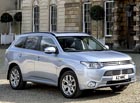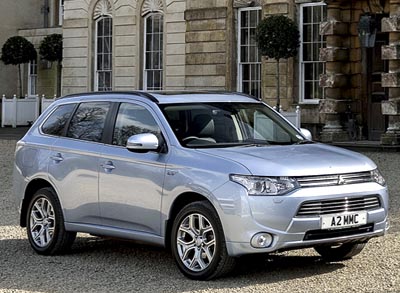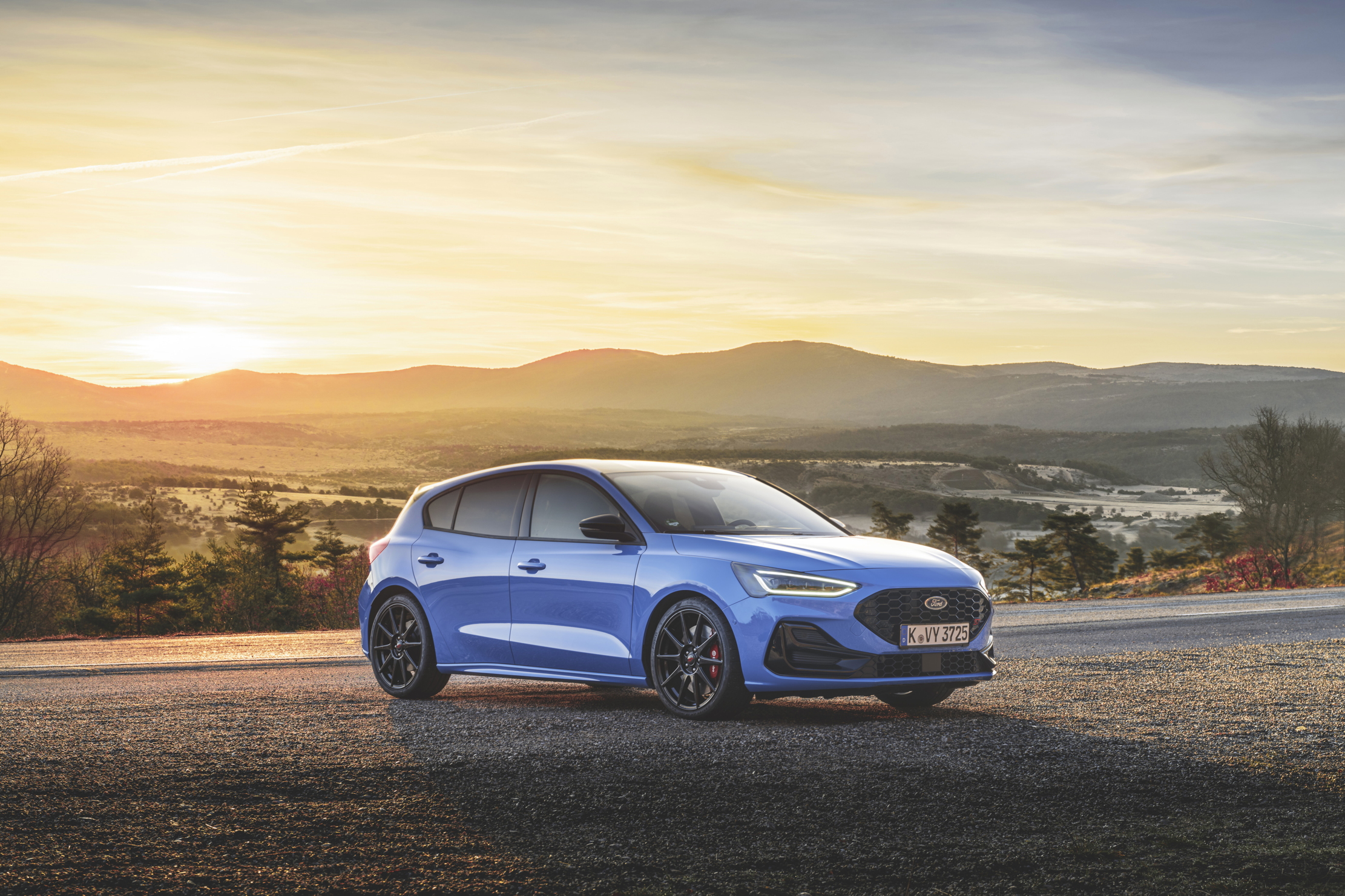Car review: Mitsubishi Outlander PHEV
Steve Moody is very impressed with a green SUV which is also a proper off-roader.

I know pheasants are dim, especially about crossing roads, but this one, on the Duke of Beaufort's Badminton estate in Gloucestershire, had an excuse for not getting out of my way. I was not only driving along a field track where he could reasonably expect not to be flattened, but, also, he would have had no idea I was approaching, due to the silence of my vehicle. So, there I sat, patiently following like will-o'-the-wisp, while he pecked and pottered without a care.
My stealthy conveyance was the brilliant new Outlander PHEV, with all four wheels powered by electric motors, which Mitsubishi had lent me for a preview drive around the estate where the worldfamous horse trials it sponsors takes place on May 7-11.
Driven with all the light-footed sensitivity of a poacher, you can get about 30 miles of green electric power out of the Outlander before the petrol engine kicks in. Unlike most hybrid cars, which, frankly, veer in quality between just about acceptable and total hogwash, requiring an engine to charge the batteries for a three- or four-mile run, this is a plug-in hybrid filled up from the mains socket. A full charge takes five hours and costs £1; an 80% charge can be done in half an hour.
It was a wonderful thing to be out in such glorious Cotswold countryside in the spring sunshine, windows down and the only noise coming from the crackle of leaves as I rolled across them and the intermittent squawk of a startled pheasant. If this is the future of cars, then it's a welcome one: a proper four-wheel-drive SUV with a big boot (the batteries are hidden in the car's chassis) and five seats that will tow a horsebox and romp through mud, all with barely any emissions.

Once the Green energy is spent, the switch between electric and petrol is seamless, far smoother than in many of the half-baked hybrids. There are other advantages to having a big box of batteries in the car, too. You can control the cabin's temperature remotely with an iPhone app, which means the batteries can warm the car up when it's frosty while you digest your cornflakes; if it's still plugged in, that power comes directly from the mains, so driving range isn't compromised.
Even better, on hotter days, you can instruct the car to keep the cabin cool when parked, so that- within reason-dogs can be left snoozing in the boot for a while.
The car isn't entirely perfect, as the suspension is a touch on the stiff side and the cabin is made of rather brittle-feeling plastics, but they are really the only downsides.
Sign up for the Country Life Newsletter
Exquisite houses, the beauty of Nature, and how to get the most from your life, straight to your inbox.
The Outlander will officially do 148 miles to the gallon, but Mitsubishi suggests that if you generally drive more than 100 miles a day, you're better off with the diesel version. That said, on my run from Bath to Badminton, I managed 403mpg, because I barely used petrol at all.
Then, there's the price. A problem with electric vehicles is that they are expensive, because batteries cost a lot of money. The Outlander's only real competitor, the Volvo V60 plug-in, costs nearly £45,000, which is ludicrous. The Outlander starts at £28,249, which is about the same as the diesel version. This makes it the first electric vehicle without a premium for its powertrain. It's also exempt from the Congestion Charge and Vehicle Excise Duty. An SUV that is truly quiet, refined and Green.
The Mitsubishi Motors Badminton Horse Trials is on May 7-11 (www.badminton-horse.co.uk; 01454 218375). Our May 7 number will include a preview.
* Follow Country Life magazine on Twitter
-
 Ford Focus ST: So long, and thanks for all the fun
Ford Focus ST: So long, and thanks for all the funFrom November, the Ford Focus will be no more. We say goodbye to the ultimate boy racer.
By Matthew MacConnell
-
 ‘If Portmeirion began life as an oddity, it has evolved into something of a phenomenon’: Celebrating a century of Britain’s most eccentric village
‘If Portmeirion began life as an oddity, it has evolved into something of a phenomenon’: Celebrating a century of Britain’s most eccentric villageA romantic experiment surrounded by the natural majesty of North Wales, Portmeirion began life as an oddity, but has evolved into an architectural phenomenon kept alive by dedication.
By Ben Lerwill